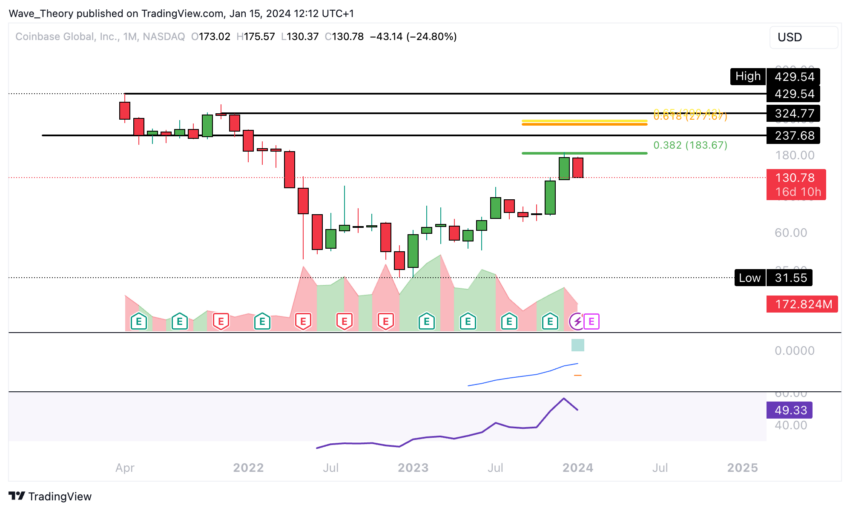The Impact of Coinbase on Cryptocurrency Trading

Introduction
Coinbase has emerged as a pivotal player in the cryptocurrency landscape since its inception in 2012. As one of the largest and most user-friendly cryptocurrency exchanges in the world, Coinbase allows individuals and institutions to buy, sell, and store a variety of digital assets. Its importance lies not only in its user-friendly interface but also in its role in broadening the accessibility of cryptocurrencies to the general public and influencing market trends.
Coinbase’s Growth and Services
Recently, Coinbase disclosed that it reached a staggering 108 million verified users globally, reflecting the increasing interest in cryptocurrencies. The company’s platform offers services for trading more than 100 cryptocurrencies, including prominent ones like Bitcoin (BTC), Ethereum (ETH), and Litecoin (LTC). Coinbase has also expanded its offerings with educational resources, advanced trading options via Coinbase Pro, and even a separate NFT marketplace to cater to the growing interest in non-fungible tokens.
An essential event in Coinbase’s history was its public listing on the Nasdaq stock exchange in April 2021, marking it as the first significant cryptocurrency company to go public. This move provided a significant boost for the cryptocurrency sector, giving traditional investors a new avenue to enter the market. However, as the volatility of cryptocurrencies remains a concern, Coinbase is continually enhancing its security measures and services to instil confidence in its users.
Market Influence and Regulatory Challenges
Despite its success, Coinbase is not without challenges, particularly concerning regulatory scrutiny. Recently, the U.S. Securities and Exchange Commission (SEC) has increased its focus on cryptocurrency exchanges, leading Coinbase to adopt a proactive approach to compliance. The company is working closely with regulators to ensure its operations align with current laws, which impacts not only its future but also the broader cryptocurrency regulatory framework.
Conclusion
The ongoing evolution of Coinbase reflects larger trends in the cryptocurrency market, where user accessibility, security, and regulatory accountability are paramount. As cryptocurrencies continue to gain traction, Coinbase’s influence is expected to grow. The company’s commitment to compliance and customer education could pave the way for enhanced legitimacy in the cryptocurrency industry. In conclusion, Coinbase’s trajectory indicates that it will remain a cornerstone in the realm of digital assets, making it essential for both new and seasoned investors to stay informed about its developments.







